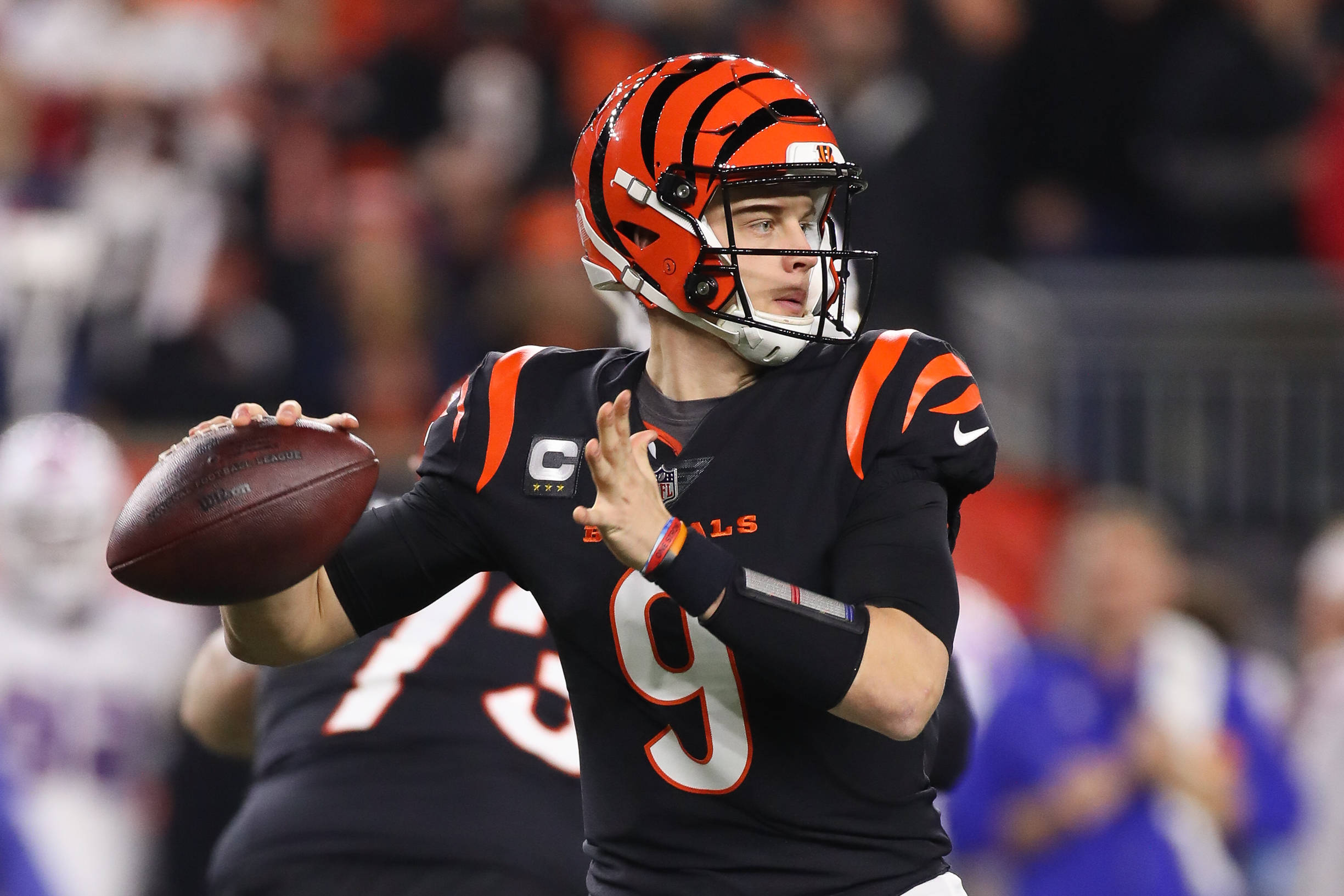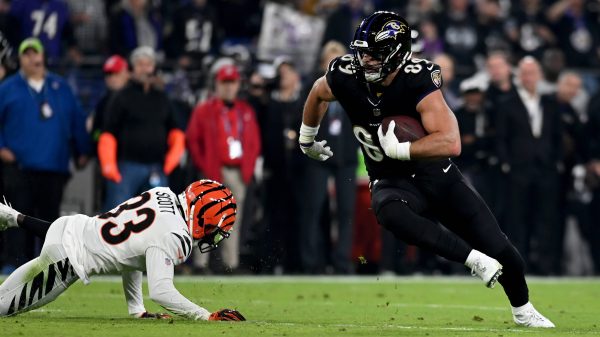American football has long been a beloved sport in the United States, with a rich history dating back to the late 19th century. Over the years, it has become one of the most popular sports in the country, captivating millions of fans and dominating television programming. The impact of football on television cannot be overstated, as it has shaped the way we consume sports and entertainment.
The Birth of American Football and Its Impact on Television Programming
American football originated from a combination of rugby and soccer, with the first game being played in 1869 between Rutgers and Princeton. As the sport gained popularity, it began to make its way onto television screens across the country. The first televised football game took place on November 6, 1939, between Fordham University and Waynesburg College. This marked a significant moment in the history of both football and television programming.
The impact of football on television programming was immediate and profound. The game drew a large audience, sparking interest in broadcasting more football games in the future. Networks saw the potential for high viewership and began to invest in broadcasting rights for football games. This led to an increase in the number of televised games, as well as the development of pre-game shows, halftime analysis, and post-game commentary.
The Evolution of Football Broadcasting: From Radio to Television
In the early days of football broadcasting, radio was the primary medium for delivering live game coverage to fans. However, with the advent of television in the 1950s, football broadcasting underwent a significant transformation. The transition from radio to television broadcasting allowed fans to not only hear but also see the action unfold on the field.
The introduction of color television further enhanced the viewing experience for football fans. In 1965, NBC became the first network to broadcast a regular season NFL game in color. This marked a turning point in football broadcasting, as it brought the game to life in a way that had never been seen before. The vibrant colors and detailed visuals made viewers feel as though they were right there on the field.
Technology has played a crucial role in the evolution of football broadcasting. From the introduction of instant replay in the 1960s to the use of high-definition cameras and virtual reality in recent years, advancements in technology have allowed fans to experience the game in new and exciting ways. These innovations have not only enhanced the viewing experience but also provided broadcasters with more tools to analyze and dissect the game.
The Super Bowl: A Game-Changer for Television Advertising
| Year | Average Cost of 30-Second Ad | Number of Viewers (in millions) | Most Expensive Ad (Year) |
|---|---|---|---|
| 1967 | 42,000 | 24.4 | N/A |
| 1985 | 525,000 | 85.5 | Apple (1984) |
| 2000 | 2.2 million | 88.5 | Pepsi (1999) |
| 2010 | 2.8 million | 106.5 | Chrysler (2009) |
| 2020 | 5.6 million | 102.1 | Facebook (2019) |
The Super Bowl, the championship game of the National Football League (NFL), has become one of the most-watched television events in the United States. Since its inception in 1967, the Super Bowl has captivated audiences with its high-stakes competition and extravagant halftime shows. However, it is the commercials that air during the game that have had a lasting impact on television advertising.
The Super Bowl has become a platform for advertisers to showcase their most creative and memorable commercials. With millions of viewers tuning in, companies are willing to pay top dollar for a spot during the game. These commercials have become as much a part of Super Bowl tradition as the game itself, with viewers eagerly anticipating which ads will be the most entertaining or thought-provoking.
Some of the most memorable Super Bowl commercials include Apple’s “1984” ad, which introduced the Macintosh computer, and Budweiser’s “Whassup?” campaign, which became a cultural phenomenon. These commercials not only entertained viewers but also sparked conversations and left a lasting impression. The impact of Super Bowl commercials on television advertising cannot be overstated, as they have set the bar for creativity and innovation in the industry.
Football’s Influence on Prime Time Programming
Football’s popularity extends beyond game day, as it has also had a significant impact on prime time programming. The success of football-themed shows such as “Friday Night Lights” and “The Game” is a testament to the enduring appeal of the sport. These shows not only capture the excitement and drama of football but also explore the personal stories and relationships of the characters.
The impact of football on prime time programming can be seen in the ratings and viewership numbers. When a football game is scheduled in prime time, networks can expect a significant boost in viewership. This has led to an increase in the number of football-related shows and specials, as networks seek to capitalize on the sport’s popularity.
Some of the most successful football-themed shows include “Friday Night Lights,” which followed the lives of high school football players in a small Texas town, and “The Game,” which focused on the lives of professional football players and their significant others. These shows not only entertained viewers but also provided a behind-the-scenes look at the world of football.
The Rise of Sports Analysis and Commentary on Television
As football broadcasting has evolved, so too has the role of sports analysis and commentary. In the early days of football broadcasting, commentators provided play-by-play coverage of the game, describing the action as it unfolded on the field. However, as the sport grew in popularity, so did the demand for more in-depth analysis and commentary.
Sports analysis and commentary have become an integral part of football broadcasting, with analysts providing insights and opinions on everything from strategy to player performance. These experts break down the game, offering viewers a deeper understanding of what is happening on the field. They provide context and perspective, helping fans appreciate the intricacies of the sport.
Some of the most popular sports analysts and commentators include Tony Romo, who has gained acclaim for his ability to predict plays before they happen, and Cris Collinsworth, whose insightful commentary has made him a fan favorite. These analysts bring a wealth of knowledge and experience to the broadcast booth, enhancing the viewing experience for fans.
The Impact of Football on Television Ratings and Revenue
Football has consistently been one of the highest-rated programs on television, drawing in millions of viewers each week. The popularity of the sport has had a significant impact on television ratings, as networks can count on football games to deliver high viewership numbers. This has made football a valuable asset for networks, attracting advertisers and generating substantial revenue.
The impact of football on television ratings can be seen in the numbers. According to Nielsen ratings, the Super Bowl consistently ranks as the most-watched television event of the year, with over 100 million viewers tuning in. Regular season games also draw in large audiences, with Sunday Night Football consistently ranking as one of the highest-rated programs on television.
The revenue generated by football on television is staggering. According to Forbes, the NFL generated over $12 billion in revenue during the 2020 season, with a significant portion coming from television contracts. Networks pay billions of dollars for the rights to broadcast NFL games, making football one of the most lucrative properties in television.
Football’s Role in Shaping Television Networks and Scheduling
Football has played a crucial role in shaping television networks and scheduling. Networks have recognized the popularity of football and have made it a cornerstone of their programming strategy. This has led to the development of dedicated football networks, such as ESPN and NFL Network, which provide round-the-clock coverage of the sport.
The importance of football in television scheduling cannot be overstated. Networks carefully plan their programming around football games, scheduling their most popular shows before or after a game to capitalize on the high viewership. This has led to the rise of “tentpole” programming, where networks anchor their schedule around a few key shows or events.
Some of the most successful football networks include ESPN, which has become synonymous with sports coverage, and NFL Network, which provides in-depth analysis and commentary on all things football. These networks have become go-to destinations for fans, offering a wide range of programming that caters to their interests.
The Intersection of Football and Reality TV
Football has also made its mark on the world of reality television. The popularity of football reality shows, such as “Hard Knocks” and “Last Chance U,” is a testament to the enduring appeal of the sport. These shows provide an inside look at the world of football, showcasing the hard work and dedication required to succeed in the sport.
The impact of football on reality TV can be seen in the ratings and viewership numbers. When a football-themed reality show is on the air, fans tune in to see their favorite players or teams in a different light. These shows offer a behind-the-scenes look at the sport, providing viewers with a deeper understanding of what it takes to be successful.
Some of the most successful football reality shows include “Hard Knocks,” which follows an NFL team during training camp, and “Last Chance U,” which focuses on junior college football players looking for a second chance at success. These shows not only entertain viewers but also provide valuable insights into the world of football.
Football’s Impact on the Development of Streaming and On-Demand Television
The rise of streaming and on-demand television has revolutionized the way we consume content, and football has played a significant role in this transformation. As more viewers cut the cord and turn to streaming services for their entertainment needs, networks have adapted by offering live sports programming, including football games.
The impact of football on streaming and on-demand television can be seen in the number of platforms that now offer live sports coverage. Services such as ESPN+ and NFL Game Pass allow fans to stream games live or watch them on demand, giving them more flexibility in how they consume football content.
Some of the most successful football streaming and on-demand shows include “All or Nothing,” which provides an inside look at an NFL team’s season, and “A Football Life,” which profiles the careers of legendary football players and coaches. These shows offer fans a unique viewing experience, allowing them to delve deeper into the world of football.
The Future of Football and Television Programming: What’s Next?
The future of football on television is an exciting one, as technology continues to advance and shape the way we consume sports and entertainment. Virtual reality and augmented reality are already being used to enhance the viewing experience, allowing fans to feel as though they are right there on the field. As these technologies become more accessible, we can expect to see even more immersive football broadcasts in the future.
In addition to technological advancements, there are also several highly anticipated football shows and events on the horizon. The launch of the XFL in 2020 brought a new twist to football programming, with a focus on fast-paced action and innovative rules. The success of the XFL has paved the way for other alternative football leagues, offering fans even more options for watching the sport they love.
The impact of football on television programming cannot be overstated. From its humble beginnings on radio to its current dominance on television, football has captivated audiences and shaped the way we consume sports and entertainment. Whether it’s through live game coverage, in-depth analysis, or behind-the-scenes documentaries, football has become an integral part of television programming.
As technology continues to advance and viewer preferences evolve, we can expect football on television to continue to evolve as well. The future holds exciting possibilities for the sport, with new technologies and programming formats offering fans even more ways to engage with their favorite teams and players. Football’s lasting impact on television programming is a testament to its enduring popularity and cultural significance.
If you’re interested in exploring the influence of American Football on television programming, you might find this article fascinating: “Justin Jefferson Passes Moss to Set Vikings’ Single-Season Receiving Yards Record.” It delves into the remarkable achievement of Justin Jefferson, who surpassed Randy Moss to establish a new record for the Minnesota Vikings. This record-breaking performance not only captivated football fans but also had a significant impact on television programming, as networks adjusted their schedules to showcase Jefferson’s incredible feat. Check out the article here for more details.
FAQs
What is the article about?
The article is about the influence of American Football on television programming and how it has impacted television schedules and programming.
How has American Football impacted television programming?
American Football has impacted television programming by dominating television schedules during the fall and winter seasons, leading to changes in programming and scheduling for other shows.
What are some examples of American Football’s influence on television programming?
Examples of American Football’s influence on television programming include the creation of pre-game shows, post-game shows, and highlight shows, as well as the scheduling of popular shows around football games to attract viewers.
Why is American Football so popular on television?
American Football is popular on television because it is a highly competitive and exciting sport that attracts a large audience, particularly in the United States.
What are some challenges that television networks face when programming around American Football?
Some challenges that television networks face when programming around American Football include scheduling conflicts, competition for viewership, and the need to create programming that appeals to both football fans and non-football fans.
How has the rise of streaming services impacted American Football’s influence on television programming?
The rise of streaming services has impacted American Football’s influence on television programming by providing viewers with more options for watching games and highlights, as well as creating new opportunities for original programming that is not tied to traditional television schedules.

































































































Recent Comments